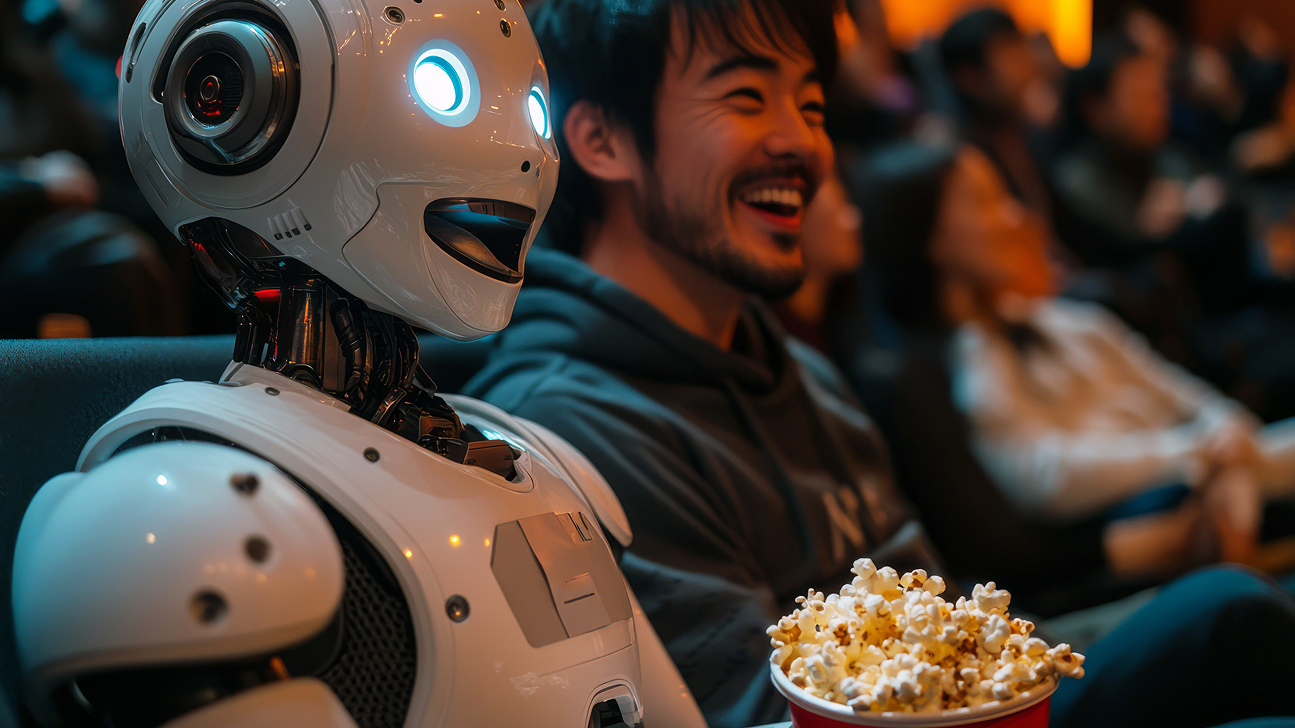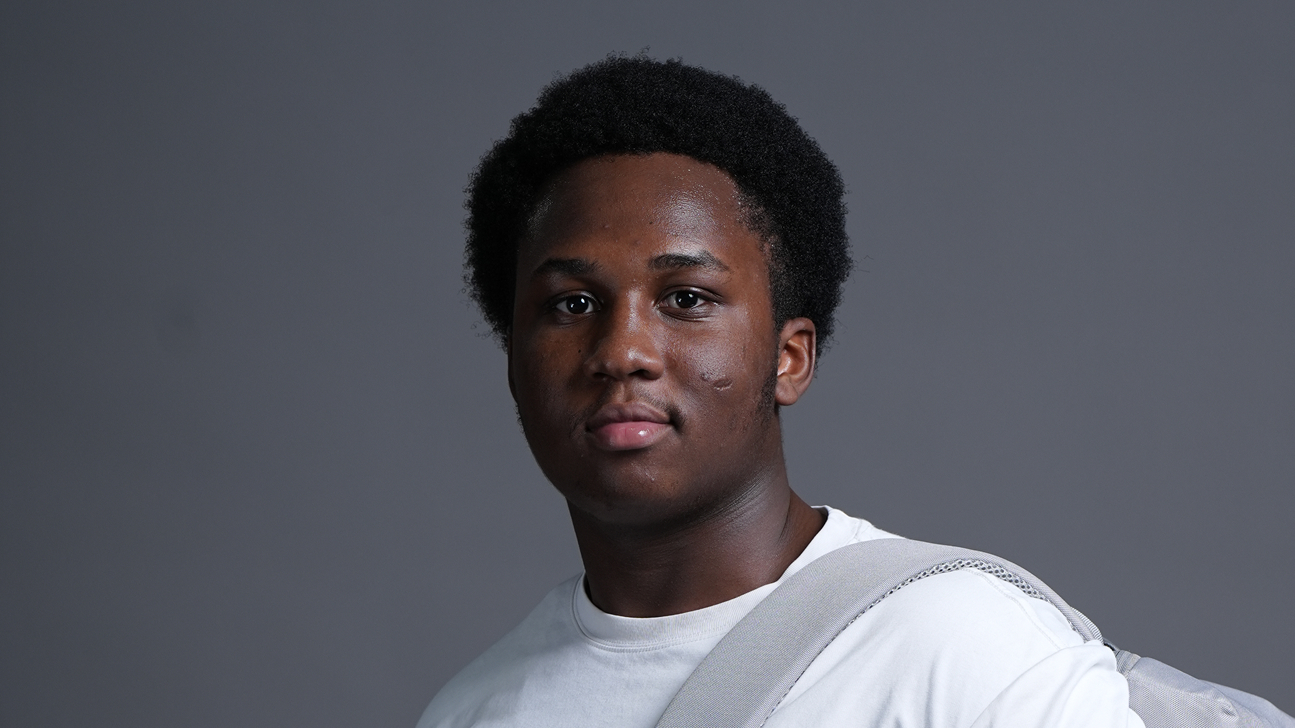AI in bloom: How MBZUAI graduate is helping preserve the world’s plants
Wednesday, July 16, 2025
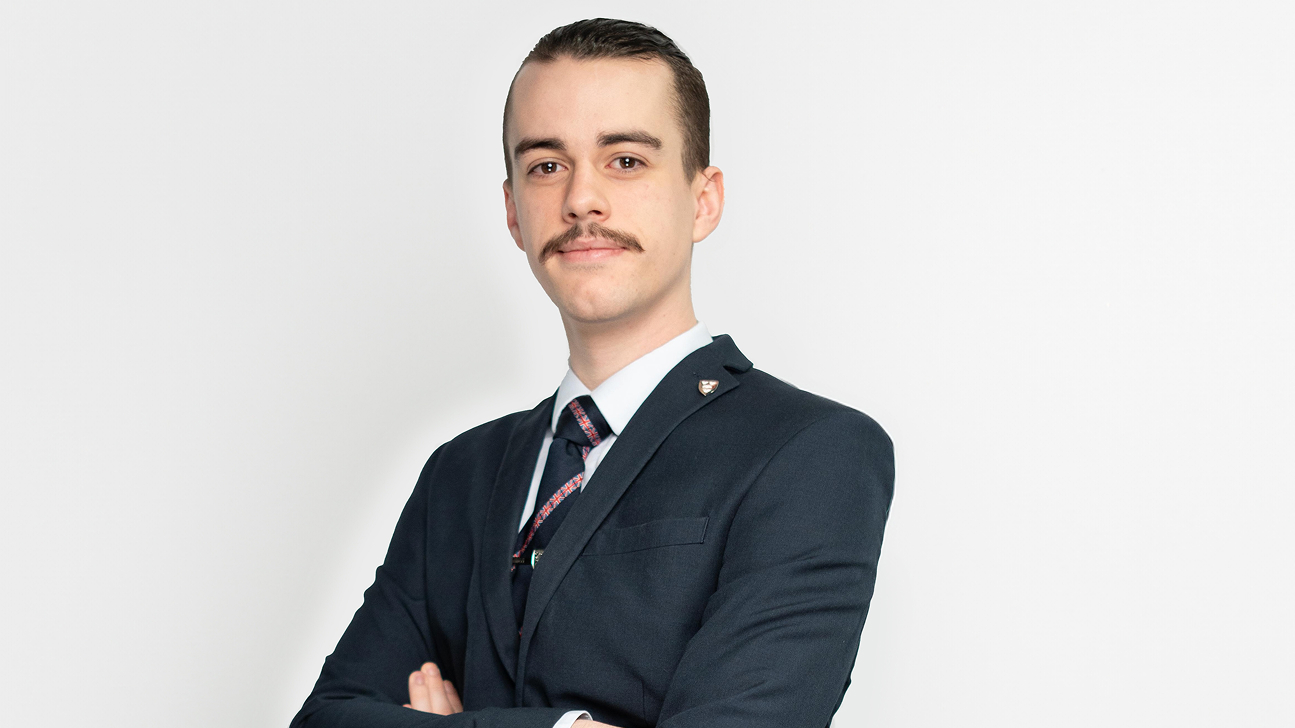
Charles Darwin could never have imagined that nearly 300 years after collecting specimens on his legendary voyage, scientists would use artificial intelligence (AI) to analyze and archive them. His handwritten notes and preserved plants—stored in climate-controlled vaults around the world—are now being digitally annotated, and their phenotypes captured using a multi-modal AI model capable of processing vast amounts of text and images.
Some 1,500 different species were collected by the world’s most famous naturalist, some of which are stored at the Kew Gardens’ Herbarium in London. Among the world’s most significant collections, it houses approximately seven million preserved plant specimens, some dating back to the 1700s.
Mohamed bin Zayed University of Artificial Intelligence (MBZUAI) alumnus Kane Lindsay is helping digitize Kew’s vast collections, making them more accessible to researchers and the public. What began as a gap-year internship has evolved into a Ph.D. opportunity in partnership with Kew, Edinburgh’s Royal Botanic Garden, and Loughborough University; blending his technical training in AI and his passion for gardening.
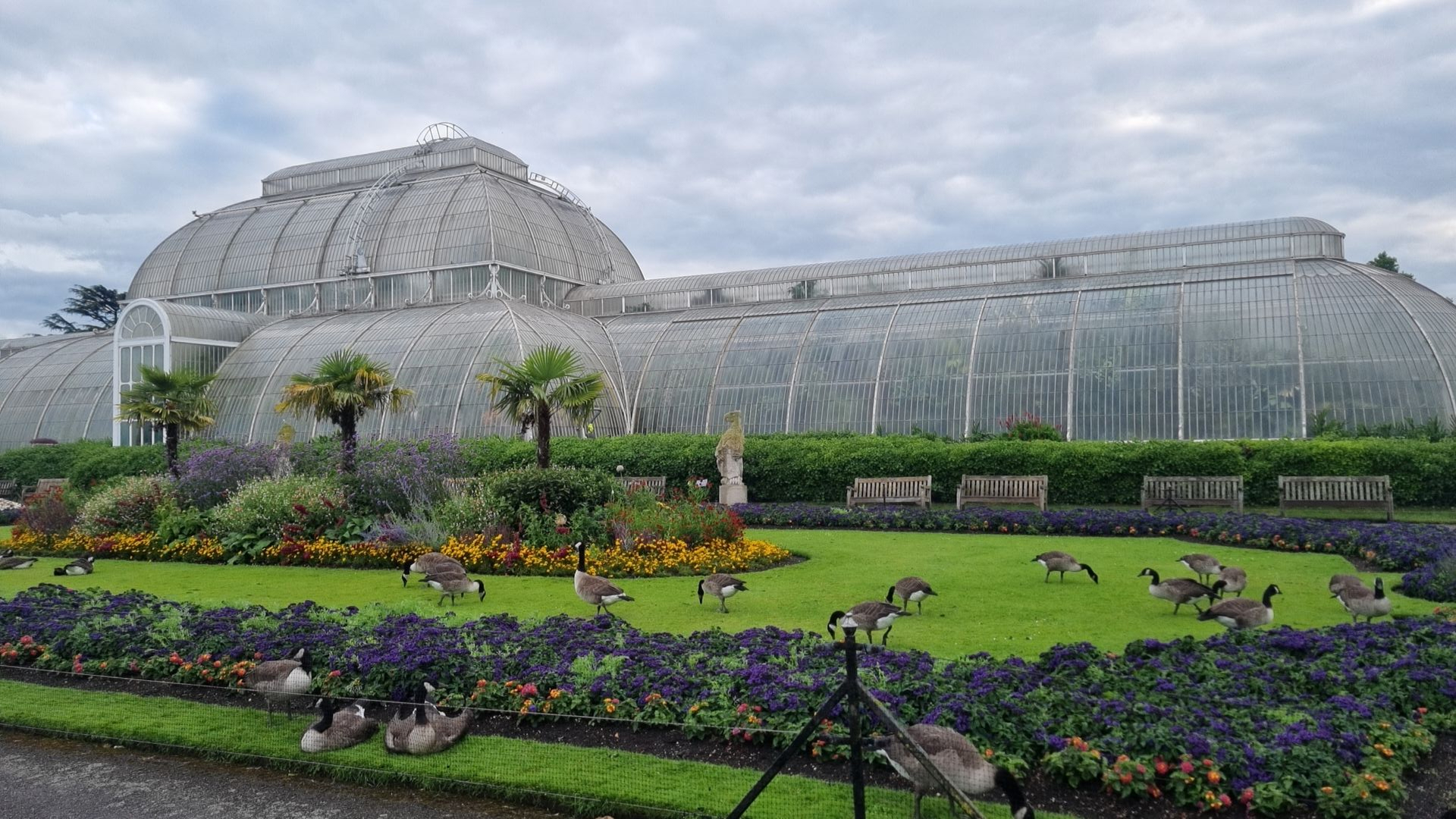 Kew Gardens in London, England.
Kew Gardens in London, England.
From data to discovery
Lindsay joined a pilot AI project to digitize every herbarium packet into a searchable database. “They had this massive stream of high-res plant images and manually transcribed data … and were asking, ‘Can AI do something with this?’” he says. “Yes. AI here could make it 100 times faster or remove the work for loads of people, making something so much more efficient.”
That potential of AI in botany seeded an early prototype. “There’s an inherent link between biology and artificial intelligence because of the neural network,” Lindsay explains. “It all comes from the same biological origins; firing groups of connected cells.”
One of the biggest challenges was recognizing centuries-old handwriting, known as optical character recognition (OCR). “Character recognition can easily read neatly written lett
One of the biggest challenges was recognizing centuries-old handwriting, known as optical character recognition (OCR). “Character recognition can easily read neatly written letters, but some are 300 or 400 years old, literally from Charles Darwin, where he’s gone and collected plants off islands and sent them to Kew Gardens,” Lindsay says. A second model followed, built to detect and redact sensitive data, like the location of endangered plant species to prevent the public from damaging or removing plants. Armed with an M.Sc. in Computer Vision from MBZUAI, Lindsay proposed further developing the model for precision plant specimen image analysis to extract phenotype data. That pitch turned into a unique, fully funded Ph.D. through the Central England NERC Training Alliance (CENTA). 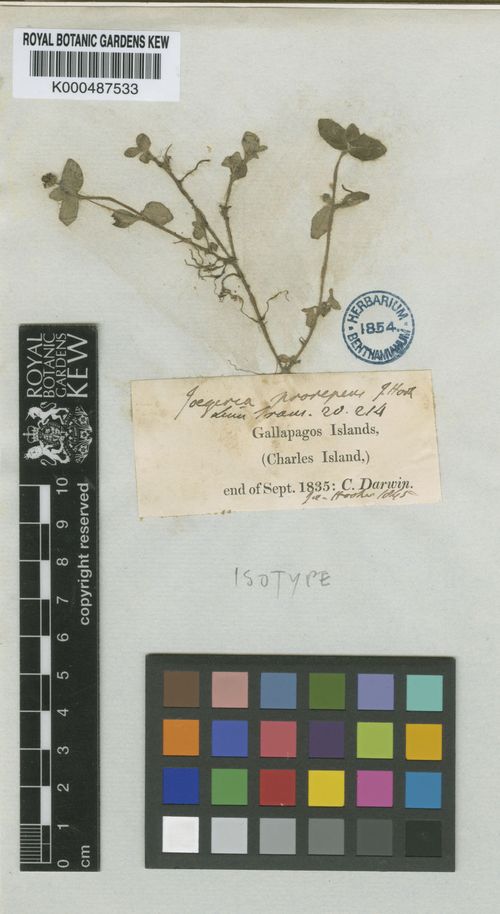
From Pixels to Phenotypes
“My Ph.D. project is called From Pixels to Phenotypes,” he continues. “It’s analyzing those herbarium packets using computer vision to understand plant structures and traits from images. The goal is to make a very useful AI tool that will be widely applicable across land industries such as agriculture in a changing climate.”
The model will set out to capture a plant’s structural characteristics – stem length, leaf size, color, buds, and more – to build a full digital phenotype. This work aligns with the broader Human Phenotype Project (HPP), which supports better diagnoses and drug discovery. For plants, this could help determine optimal growing environments or unlock their economic value for medicine and textiles.
Originally from Bircotes in northern England, Lindsay credits his grandmother for inspiring his love of gardening. “Gardening was always personal,” he says. “I thought it was separate from my technical training. Now is the right time to combine the two, especially as climate change transforms the world’s biomes. We see some species struggling while invasive species are spreading more rapidly.”
It is widely recognized that herbarium specimens may hold the key to combating climate change with Lindsay’s research now part of this bigger picture.
Find a niche
Lindsay found his niche in combining biology, botany, and computer vision, and it is vastly different from his master’s thesis which aimed to recreate human heads in 3D using neural head avatars.
His path reflects what he believes is key for AI students: find your niche. “So many AI sectors are oversaturated. But if you find a specific problem not many are working on, that is where you can make the most impact,” he says.
“The quality of the students at MBZUAI is so high; if any of them could find their niche, the leap forward they could make is massive. MBZUAI’s internship program is extremely important. That’s where you find those gaps; real industry problems that AI can solve.”
Cultivating cultural experiences and confidence
Before his Ph.D. begins in October, Lindsay is spending time traveling, which is something he’s always valued. As MBZUAI’s only British student in the Class of 2024, he says his time in Abu Dhabi gave him a “massive boost of confidence” by “knowing you can drop into a totally new country or culture and adapt to the situation.”
After graduating, he deepened that mindset with a semester in China at Xian Jiaotong-Liverpool University (XJ-LU), one hour west of Shanghai, to explore Chinese language and culture.
“The culture’s completely different, but the one thing I did know is the Chinese students that I met through MBZUAI are extremely friendly,” he says. “This gave me the confidence to go there and put myself in the deep end; the same way I did coming to the United Arab Emirates.”
While in China, he cultivated more than just friendships, caring for and nurturing the university’s new rooftop garden. “It was a perfect situation,” he recalls. He led gardening workshops for fellow students, faculty, and nearby villagers, assisting with university research. “If you put that little bit of effort in, you’ll get so much back,” he says. “Just leap in.”
- sustainability ,
- computer vision ,
- alumni ,
- Ph.D. ,
- M.Sc. ,
- Alumni Spotlight ,
- environment ,
- nature ,
- botany ,
- plants ,
Related
AI and the silver screen: how cinema has imagined intelligent machines
Movies have given audiences countless visions of how artificial intelligence might affect our lives. Here are some.....
- cinema ,
- art ,
- fiction ,
- science fiction ,
- artificial intelligence ,
- AI ,
Youngest MBZUAI student sets sights on AI superintelligence at just 17
Brandon Adebayo joined the University’s inaugural undergraduate cohort, driven by a passion for reasoning, research, and the.....
- Undergraduate ,
- student ,
- engineering ,
Special delivery: a new, realistic measure of vehicle routing algorithms
A new benchmark by researchers at MBZUAI simulates the unpredictable nature of delivery in cities, helping logistics.....
- delivery ,
- logistics ,
- benchmark ,
- machine learning ,
- neurips ,
- conference ,
- research ,
- computer vision ,
